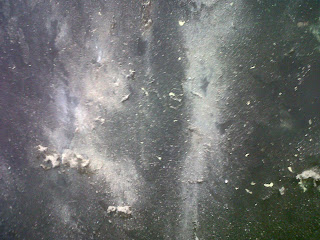
Rear Window 1954
It’s Hitchcock, what more can be said, still one of the greatest thriller directors and one of the main re-inventors of horror in the industry. The film is about an injured photographer who is wheelchair bound until he has recovered his injuries. Soon he becomes very interested in watching his neighbours and becomes convinced that he witnessed a murder. Very strong Hitchcock narrative.
What is great about this film, like many of Hitchcock films, is that he is flattering towards the audience who pay close attention and watch the film a few times. With every watch you’ll spot a new clue which seemed hidden before. These moments are the ones which get the audience very involved into the thriller because they feel like they are apart the mystery. I wouldn’t say that the film is a psychological horror but it is most defiantly psychological. It always keeps the audience guessing and thinking which a true thriller should.
Following in the similar footsteps as the other films which we watched, it’s a film about those who are closest to us, using both meaning s of the word the family and distance sense. It is a film about watching out and helping one another through day to day life. In a way that’s where the ‘horror’ of this film lies in the continuing distancing that humans have between one another.
When looking into psychological horror it is hard and almost impossible to say what scares each one of us because we all have our own fears. For example for me I guess the reason that silent moment in ‘The Haunting’ still scares me is because I listen to loud, aggressive music . So when that silence appears it frightens me because it is not what I want or expect. I think to make psychological horror successful you can only do and force feed the audience so much, until you audience need to start thinking for and about themselves. ‘In a blank room take away a man’s clothes, hair, style, identity and possessions, and they will be terrified of what they truly see.’ (The Suffering, P.54)
















































